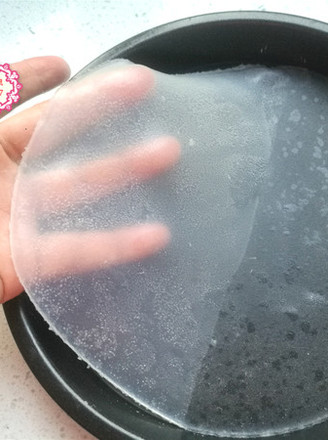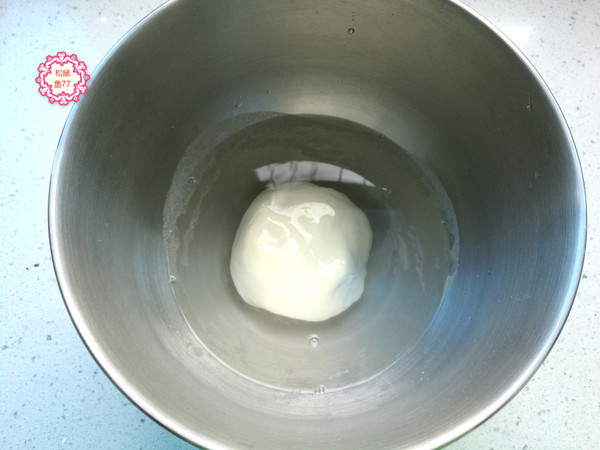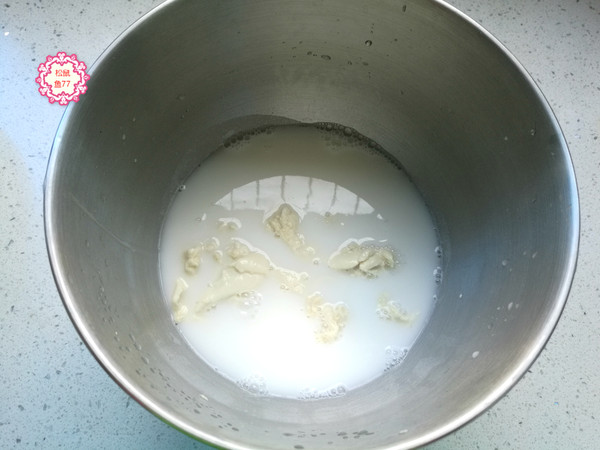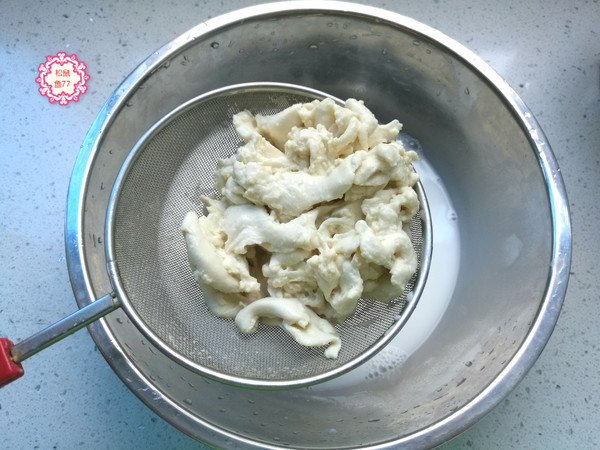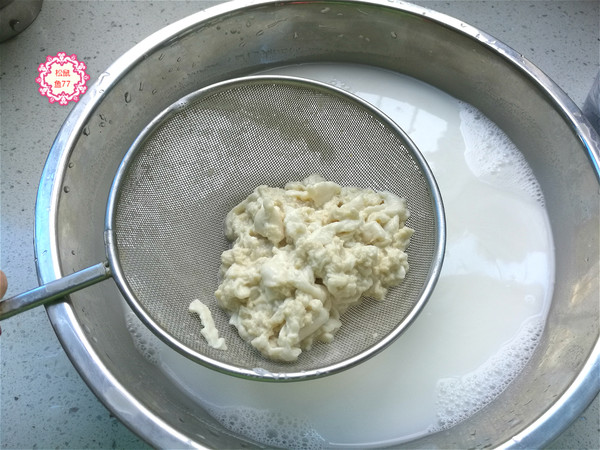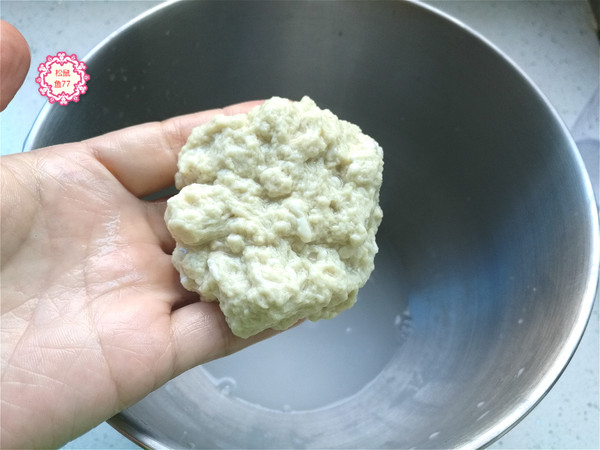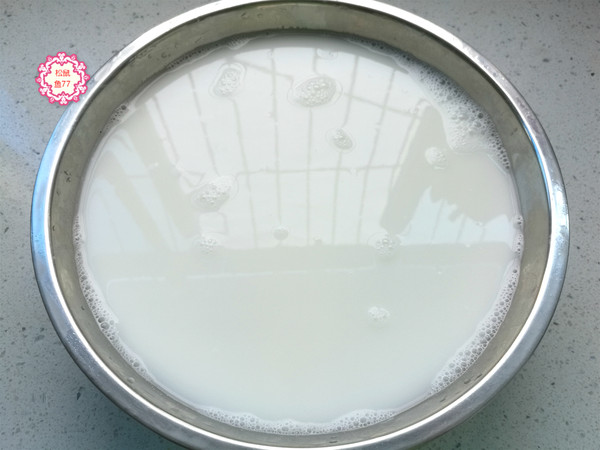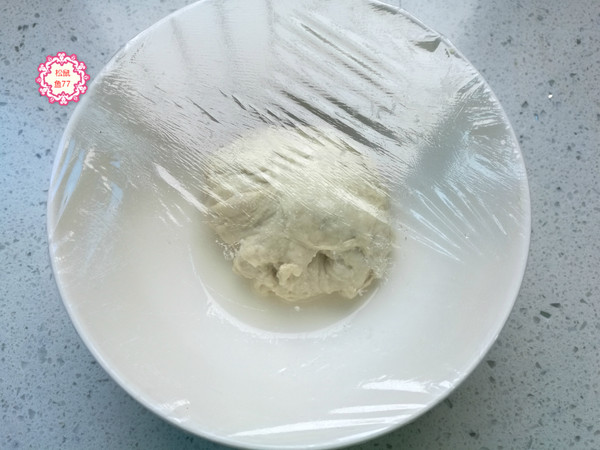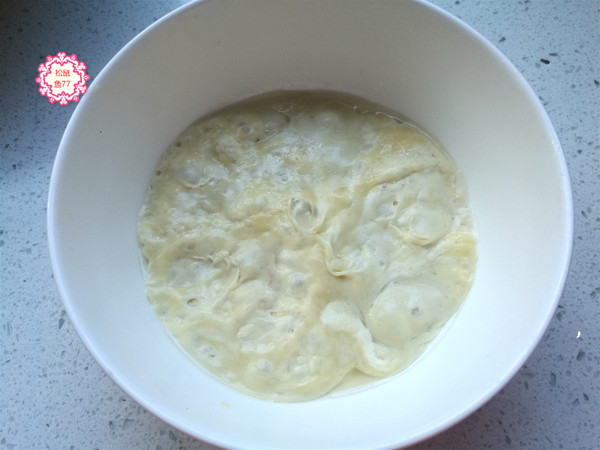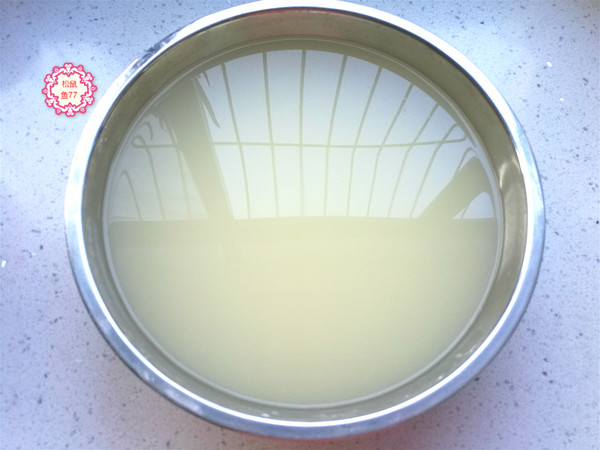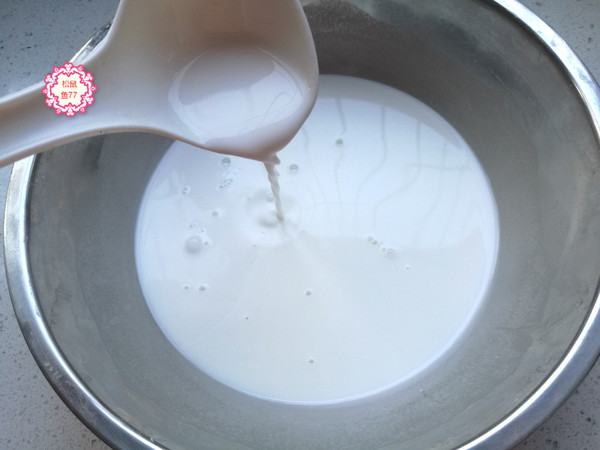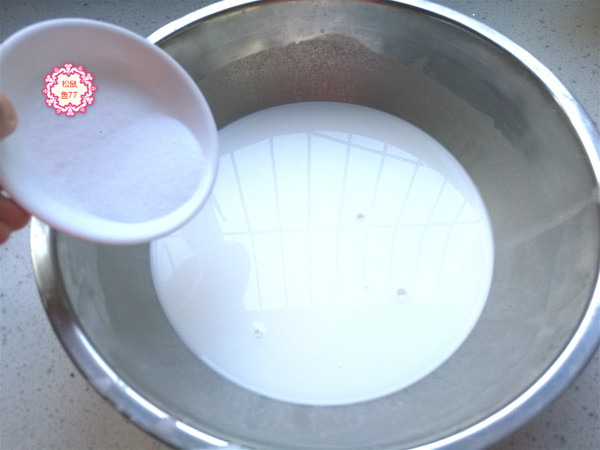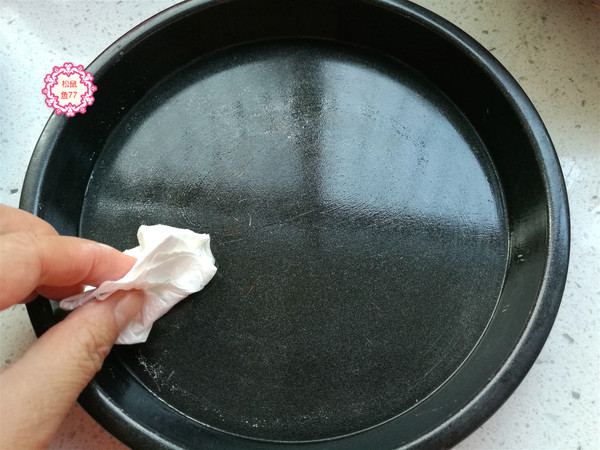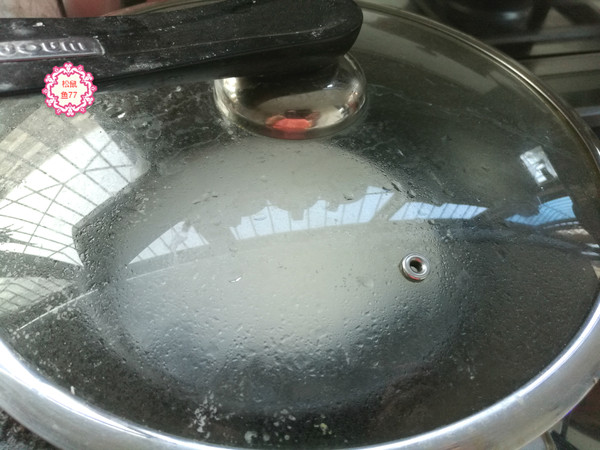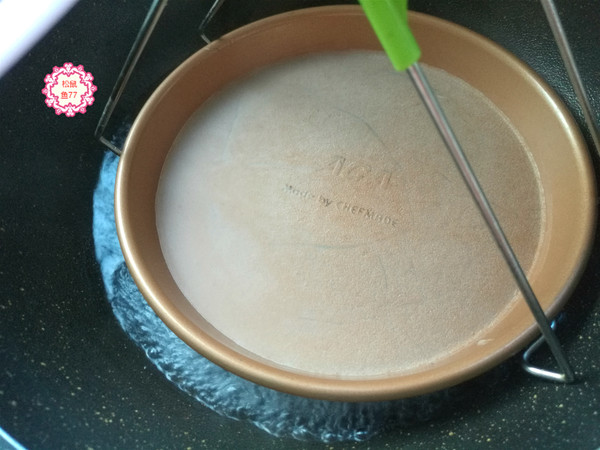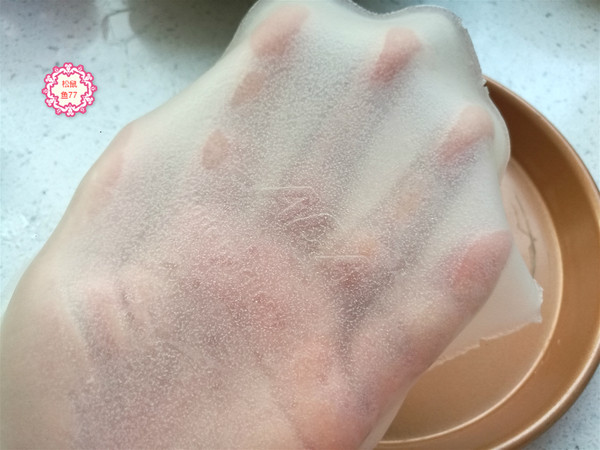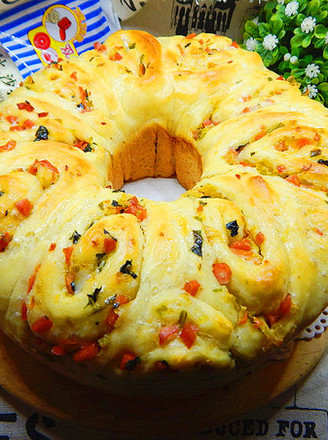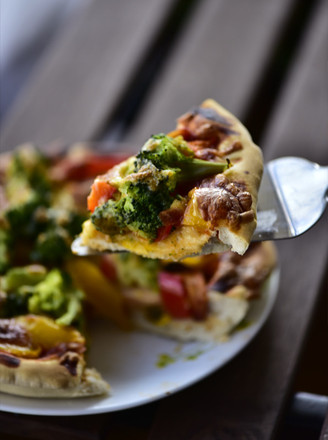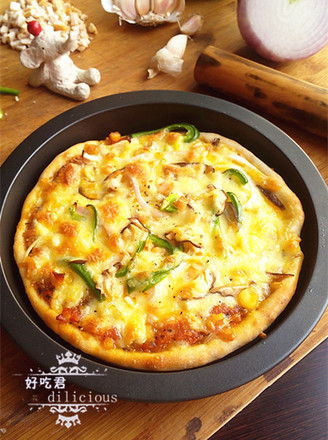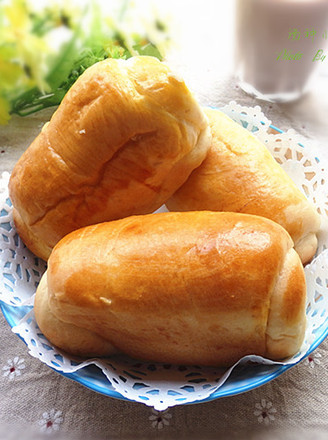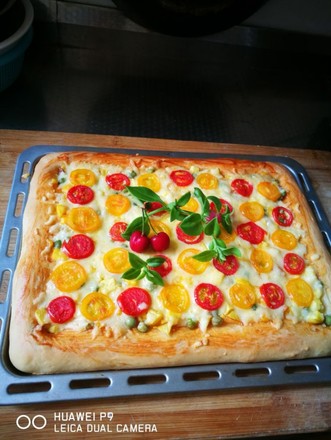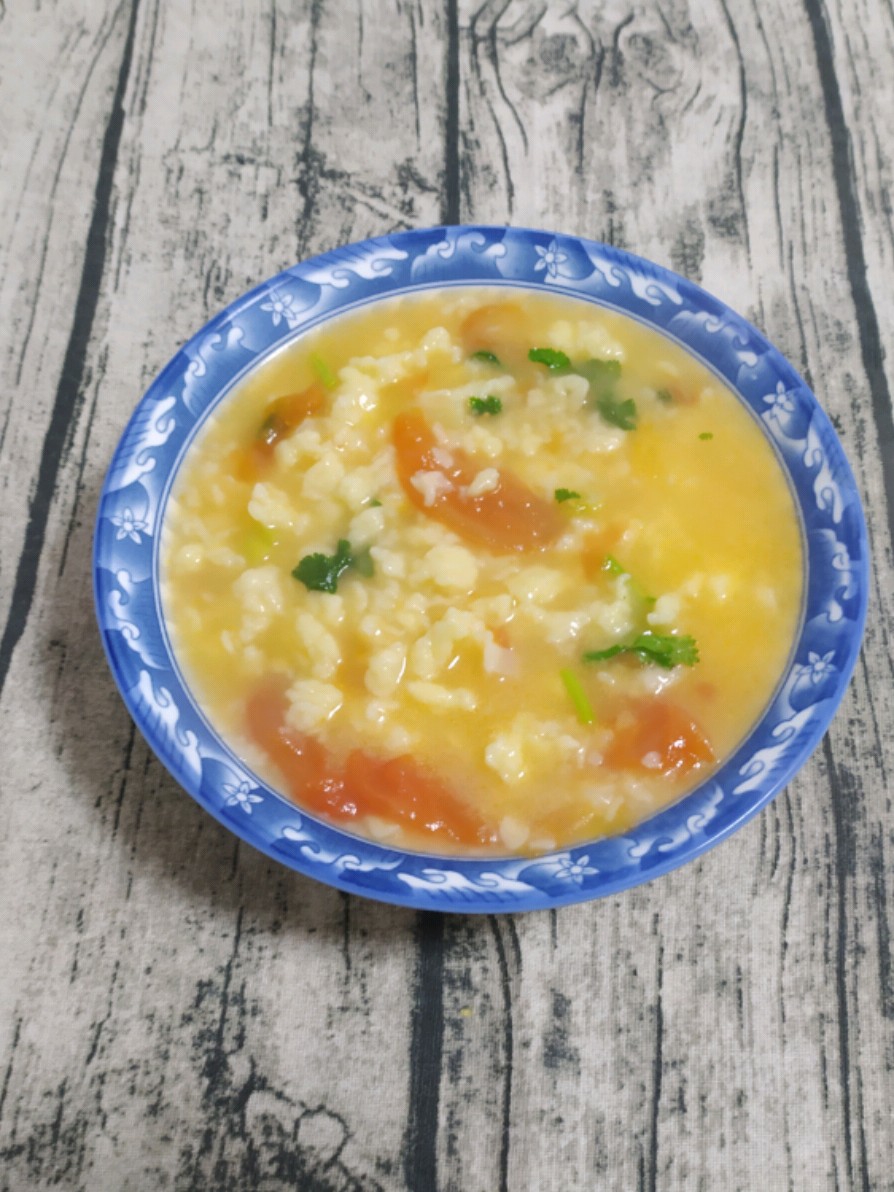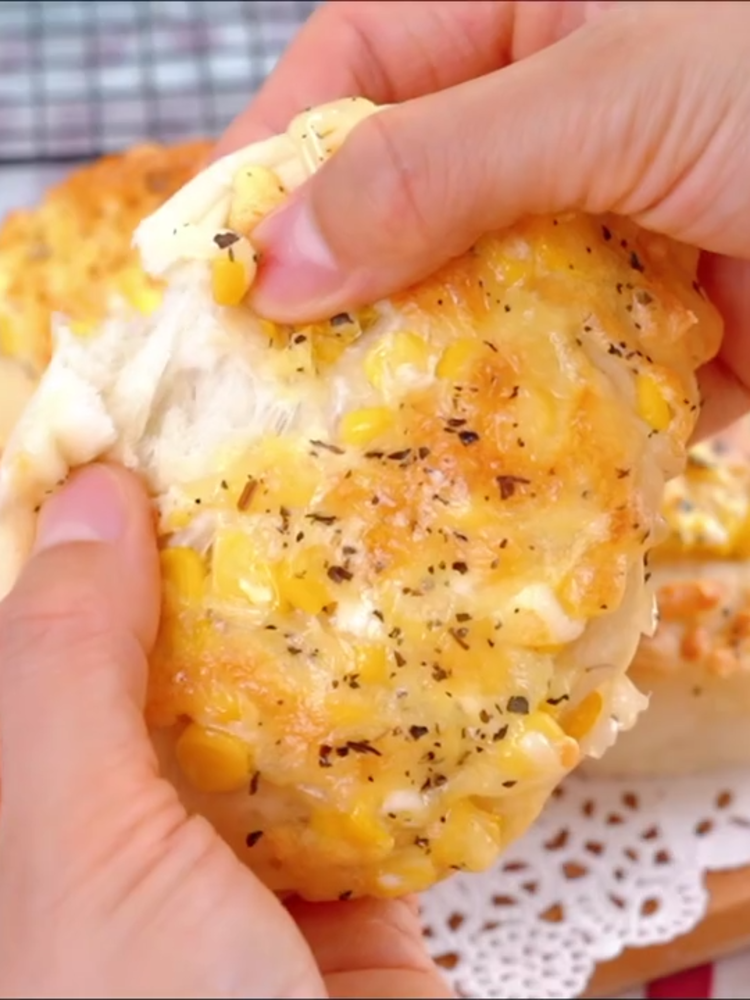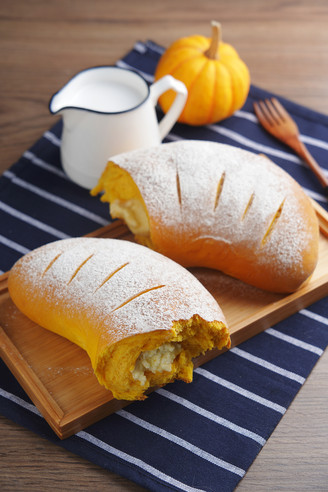Homemade Cold Skin
1.
Add salt and cold water to the flour, stir it to form flocs, knead it into a smooth dough, let it rest for 5 minutes, then knead it again. Then pour the water that has soaked the dough into the dough and soak for 10 minutes.
2.
Begin to wash the face, the so-called face wash, is to add water to knead the dough like washing clothes, to completely wash out the white starch in the dough, until the water turns into a white slurry.
3.
Pour out the remaining dough and strain it into a large clean basin.
4.
Pour in clean water again, continue to wash the face according to the steps just now, and then filter.
5.
Repeat this process until the water in the basin is no longer muddy and there is still a small amount of gluten left in the dough, it is ready to be washed.
6.
Put it in the basin and let it stand for more than 3 hours. If it is summer, it needs to be kept in the refrigerator.
7.
Add 2 grams of dry yeast and a little flour to knead the remaining gluten, put it in a large oiled bowl, cover with plastic wrap and leave it to ferment for about 1 hour in your warm place.
8.
Put the fermented gluten in the pot, steam for 20 minutes after the high heat, turn off the heat for 3 minutes, then take it out, cut into small cubes and put it in the cold skin for a while. At this point, Liangpi powder paste is ready, wait for production.
9.
The liangpi powder is set aside, now let's make the liangpi!
10.
Pour out a layer of clean water from the flour paste raw noodles, and what is left is the flour paste that we used to make cold skin. Leave a little bit of water on the top layer and mix it with the rest of the batter evenly. It may be a little laborious, but it’s okay. Make sure to mix it slowly. The final batter is scooped up with a spoon and drips down in a streamlined shape.
11.
After stirring evenly, add 3 grams of edible salt, stir again, and let stand for 10 minutes before use.
12.
Prepare two plates for making liangpi. There are special tools for making liangpi on the Internet. In fact, if you have a baking pan for making pizza at home, you can. I use a pizza plate, which is very easy to use. I have to prepare 2 replacements. Rub a thin layer of cooking oil on the pizza plate with a kitchen paper towel.
13.
Put a small amount of water in the pan to boil, scoop a spoonful of batter water inside the greased pizza pan, shake the pan to let the batter flow naturally over the pan, put it in the boiling water pan, and cover the lid.
14.
You can take it out when you see the bubbles puffing up in the Liangpi, but you must be careful when you burn your hands!
15.
Before taking out the plate, scoop the top of another plate and spread it all over. In this way, the two plates are alternately put into the pot without delaying time. The plate that was taken out was allowed to dry for a while, and then carefully peeled off from the side. As you can see, it is very transparent, and it looks elastic.
Tips:
A layer of cooking oil should be applied between each piece of Liangpi to prevent adhesion.

